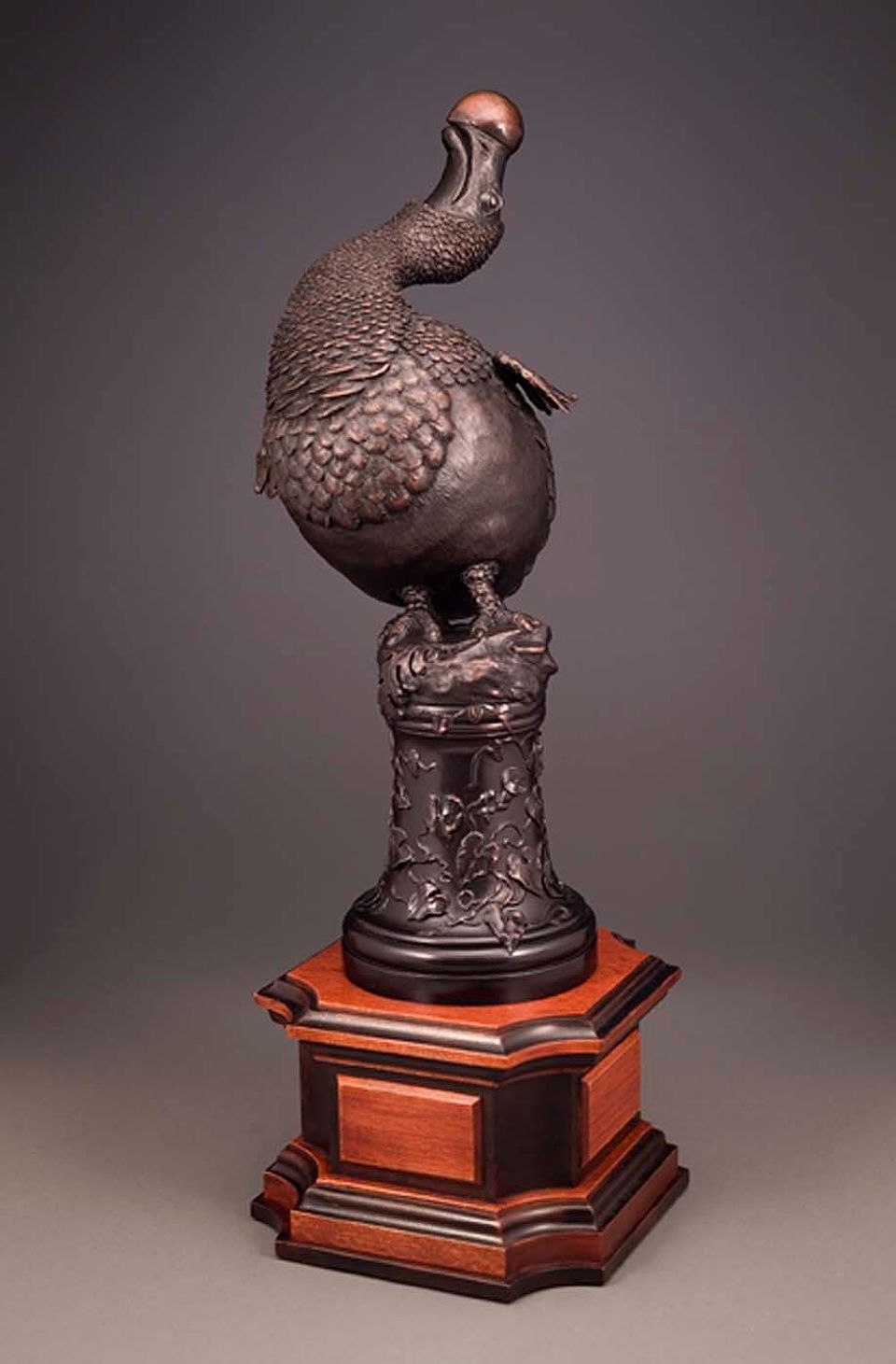
Getting Started
For more in-depth information, ask your local librarian to help you search the library’s online catalog. There you might find books or exhibition catalogs featuring your artist.
The Smithsonian American Art Museum's library catalog (like many other museum or university catalogs) can be searched via the Internet at www.siris.si.edu. If you find a book that interests you, check with your local library to see if they have it or can borrow it through interlibrary loan.
To find relevant articles in magazines or journals, look for the artist's name in periodical indexes such as Art Index or Art Bibliographies Modern. Makers of decorative arts, designers, or craftspeople might be indexed in Design and Applied Arts Index.
After locating a relevant book or article, check out the accompanying bibliographies for sources you might not have already discovered.
To find out which museums own works by a particular artist, search the Smithsonian American Art Museum's national Inventories of American Painting and Sculpture available on the web through SIRIS (the Smithsonian Institution Research Information System) at www.siris.si.edu.
Do not be discouraged if you cannot find an artist listed in standard biographical resources. Even though the artist might not have a national following, he or she might be well known regionally. If the artist is native to your area or if you know of an associated geographical location, try contacting state or local historical societies for unpublished information in their files. Some larger public libraries and museum art libraries maintain ephemera files on artists active in their areas.
With or without the artist’s name, there is still plenty to discover about your object. If you have clues regarding the title, style, or date of the work, but no artist information, you can still track the origins of your object with careful research. Look for well-illustrated exhibition catalogs or general art survey books to see if you can find any similar works that would help match your artwork to a particular “school of artists.”
Encyclopedias
- Encyclopedia of World Art
- Grove’s Dictionary of Art
- McGraw Hill Dictionary of Art
- Oxford Dictionary of American Art and Artists
- Praeger Encyclopedia of Art
- Yale Dictionary of Art and Artists
General Survey Books
Have you uncovered the mysteries of your object? Sometimes it is very difficult—or impossible—to determine an artwork's maker or history. If that is your conclusion, do not feel discouraged. If you enjoy your treasure and want to preserve it for years to come, there is plenty to learn about its value and how to properly care for it.
- Bjelajc, David. American art: a cultural history. New York: H.N. Abrams, 2001.
- Brown, Milton W. American Art: Painting, Sculpture, Architecture, Decorative Art, Photography. New York: Harry N. Abrams, 1986.
- Craven, Wayne. Sculpture in America. Newark: University of Delaware Press, 1984.
- Doss, Erika. Twentieth-Century American Art. Oxford: Oxford University Press, 2002.
- Fineberg, Jonathan. Art Since 1940. Upper Saddle River, N.J. Prentice Hall; New York: Abrams, 2000.
- Gerdts. William H. Art Across America: Two Centuries of Regional Painting, 1710-1920. New York: Abbeville Press, 1990.
- Novak, Barbara. American Painting of the Nineteenth Century. New York: Harper and Row, 1979.
- Prown, Jules David. American Painting from its Beginnings to the Armory Show. New York: Rizzoli, 1987.













